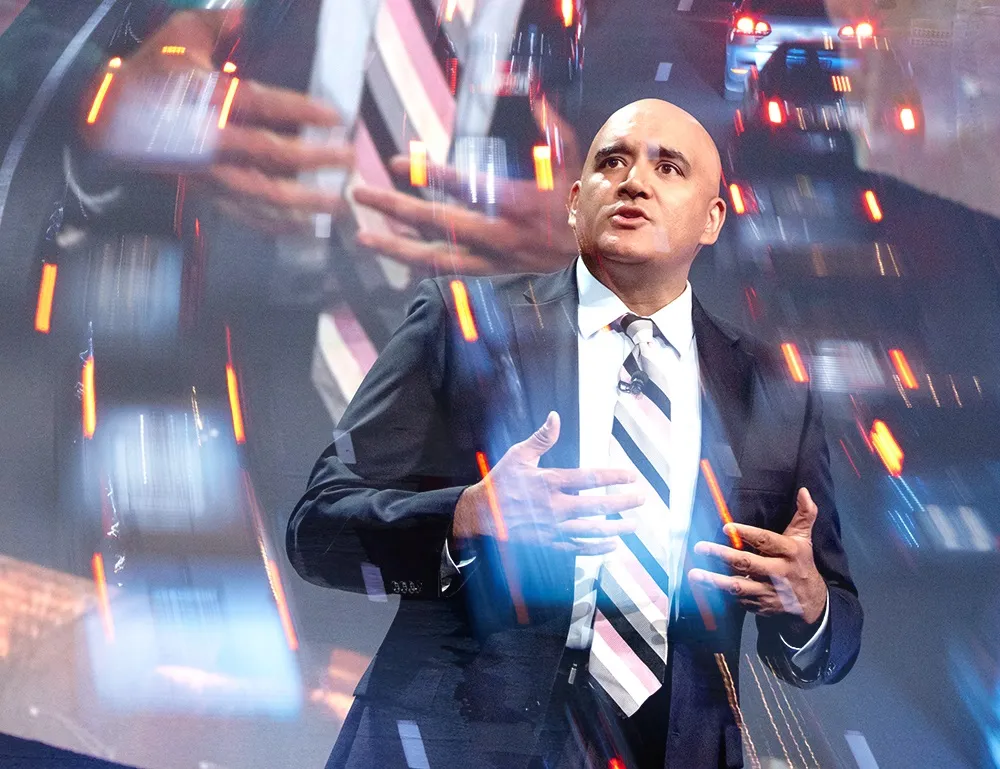Responding to an eight percent spike in New Jersey traffic fatalities in 2016, largely attributable to increasing distracted driving, Attorney General Christopher S. Porrino and the Division of Highway Traffic Safety are announcing a new initiative to provide state residents with a method to report dangerous drivers in order to protect motorists and pedestrians.
The state’s #77 alert system, previously used for reporting aggressive driving, will now be used to report all forms of dangerous driving, from
April 7, 2017
Read time: 2 mins
Responding to an eight percent spike in New Jersey traffic fatalities in 2016, largely attributable to increasing distracted driving, Attorney General Christopher S. Porrino and the Division of Highway Traffic Safety are announcing a new initiative to provide state residents with a method to report dangerous drivers in order to protect motorists and pedestrians.
The state’s #77 alert system, previously used for reporting aggressive driving, will now be used to report all forms of dangerous driving, from those operating a vehicle while looking at a cell phone to those driving while impaired. Enforcement measures are being stepped up on the road, and in an initiative believed to be one of the first of its kind in the nation, warning letters will be directed to those spotted driving while distracted on New Jersey roadways.
Traffic fatalities in New Jersey rose from 562 in 2015 to 604 in 2016, an average of 12 deaths a week. Division of Highway Traffic Safety officials have said the increase is in part because of distracted driving, such as cell phone use behind the wheel. In 2015 alone, 3,477 people were killed, and 391,000 were injured in motor vehicle crashes involving distracted drivers, according to the National Highway Traffic Safety Administration. Teens were the largest age group reported as distracted at the time of fatal crashes.
The state’s #77 alert system, previously used for reporting aggressive driving, will now be used to report all forms of dangerous driving, from those operating a vehicle while looking at a cell phone to those driving while impaired. Enforcement measures are being stepped up on the road, and in an initiative believed to be one of the first of its kind in the nation, warning letters will be directed to those spotted driving while distracted on New Jersey roadways.
Traffic fatalities in New Jersey rose from 562 in 2015 to 604 in 2016, an average of 12 deaths a week. Division of Highway Traffic Safety officials have said the increase is in part because of distracted driving, such as cell phone use behind the wheel. In 2015 alone, 3,477 people were killed, and 391,000 were injured in motor vehicle crashes involving distracted drivers, according to the National Highway Traffic Safety Administration. Teens were the largest age group reported as distracted at the time of fatal crashes.








